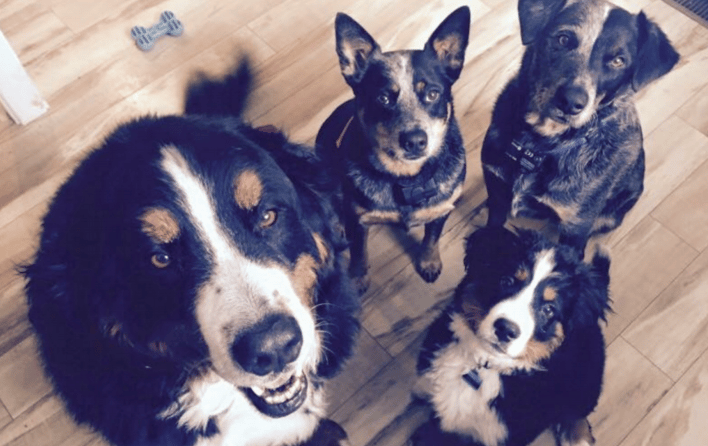Build a Culture of Learning by Capacity Hacking
 Derek & Laura Cabrera
·
2 minute read
Derek & Laura Cabrera
·
2 minute read
This post is an excerpt from Chapter 4 of Flock Not Clock.
As a leader, you want to build into your culture an appreciation of and proclivity for constant improvement—tweaking processes, reordering steps, imagining alternative mechanisms, and so forth—to improve them because it brings joy to you to make things better. Learning (which we will go into in depth in the next chapter) is the engine and the driver of capacity. A learning culture is a hacking culture. A culture that never accepts existing systems just because “that’s how we’ve always done it.” A learning, hacking culture is a culture that knows things can always be better, more efficient, more elegant… more beautiful! Can a system, process, workflow, concept, or capacity really be more aesthetically pleasing? More elegant? More beautiful? You bet it can!
 Figure 4.12: Make sure your learning is focused on capacity building or there will be no capacity building.
Figure 4.12: Make sure your learning is focused on capacity building or there will be no capacity building.
Hackathons have an attitude that is entrepreneurial and communal yet competitive and fun. You can demonstrate this orientation to capacity, reward innovations in process and system design, and celebrate success. Think Taylor without the stopwatch, but with a great sense of fun. We’ll illustrate with a simple example.
Laura and Derek live on the edge of town in the country. They somehow came to have four dogs, and feeding them was always a production. During the years that their kids fed the dogs, the process and its outcome were variable and wildly inefficient. The dogs eventually got fed, but it was a tedious, time -consuming, mess-generating chore. When the dog-feeding fell to the adults, Laura wisely delegated it to Derek.
 Figure 4.13: The rabble is getting restless... hacking systems to increase their capacity.
Figure 4.13: The rabble is getting restless... hacking systems to increase their capacity.
In the first two weeks of feeding the dogs (two 130-pound Bernese Mountain Dogs and two obsessive-compulsive Australian Cattle Dogs), Derek reflected on the job and looked for inefficiencies. He broke down the process like any good Taylorian would. But as a systems thinker, Derek was also taking multiple factors into account, including his empathy and care for the dogs.
Derek noticed that the dogs would sort of bully one another and some would end up eating more and those who got less would spend more time begging for scraps throughout the day. He also saw that the big Berners have very large noses and relatively small bowls. Comically, their noses eclipse their food from sight and the small bowls cause the food to constantly overflow onto the floor, creating micro-stains that even avid dog licking can’t remove. The nose-to-bowl size discrepancy also causes the dogs to push the stainless steel dishes across the floor to get at the food, generating a chorus of steel-on-tile screeching.
Reflecting on the feeding process, Derek noticed significant wasted walking time, as the bowls, the food, the feeding area, the water, and the scoop were all literally in different places. The water and food bowls (eight in total) were not stackable and hence hard to carry all at once (not to mention they took up an inordinate amount of space). After observing his own behavior and the daily feeding frenzy for a few days, Derek saw changes that could be made to the system.
- Move the food bin to a better location and tie a scoop to it.
- Purchase eight large stackable bowls with sticky-grip bottoms.
- Devise an order of operations and placement of bowls that decreased the infighting.
In doing this, he cut the time it takes to feed the furries by one-third, with less mess, less cleanup, less cacophony, and no conflict. The new system provides capacity to efficiently do the twice-daily feedings. Building that capacity required observing and learning and systems analysis.
The point here is that there's a certain joy in observing processes and the reflection and analysis that leads to efficiency gains by changing the way a system is structured. This holds whether one is feeding a dog, answering work emails, processing a personal to-do list, or managing the complex processes involved on a factory floor or in a brainstorming session. You need to make sure that improving capacity is everyone’s job, and that it is fun and rewarded. Find ways to tap intrinsic and extrinsic motivations for everyone to become a capacity hacker.
.png?width=150&height=150&name=CRL%20GOAT%20Logo%20(4).png)



